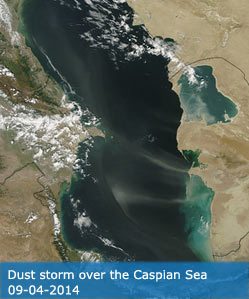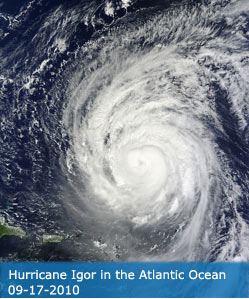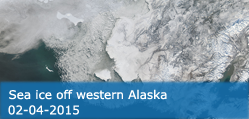Science Team
Publications
Khormizi, HZ; Jafari, M; Malamiri, HG; Tavili, A; Keshtkar, H (2025). Generating MODIS hourly land surface temperature under clear sky conditions using Fourier series analysis. INTERNATIONAL JOURNAL OF APPLIED EARTH OBSERVATION AND GEOINFORMATION, 136, 104341.
Abstract
Land surface temperature (LST) data with high temporal and spatial resolution are used in many studies, e.g. to assess climate changes, land-atmosphere interactions, surface energy balance, etc. However, clouds and the limitations of geostationary and polar orbiting satellites hinder the collection of high-quality thermal infrared (TIR) data. This research aims to generate hourly LST data from the Moderate Resolution Imaging Spectroradiometer (MODIS) with four daily observations. The Multi-channel Singular Spectrum Analysis (M-SSA) algorithm was used to reconstruct lost data due to clouds in the MODIS annual LST time series. Subsequently, Fourier series analysis was employed to generate hourly LST data based on the four MODIS observations per day. The developed Fourier series model was evaluated using hourly LST data from Meteosat-9 and ground surface soil temperature data at eight different Ameriflux sites. The evaluation of the Fourier series model showed that the Root Mean Square Error (RMSE) and coefficient of determination (R2) between the hourly LST data from the Meteosat-9 satellite and the hourly LST data generated by the Fourier series model using four simultaneous MODIS observations averaged 1.70 Kelvin and 0.98, respectively, throughout Iran. For Ameriflux sites, the average RMSE and R2 were 1.15 K and 0.98 between the surface soil temperature data and the surface soil temperature data generated using four simultaneous MODIS observations per day, respectively. Notably, the highest RMSE was observed during sunrise and sunset.
DOI:
10.1016/j.jag.2024.104341
ISSN:
1569-8432




